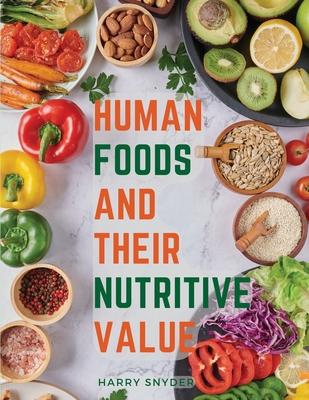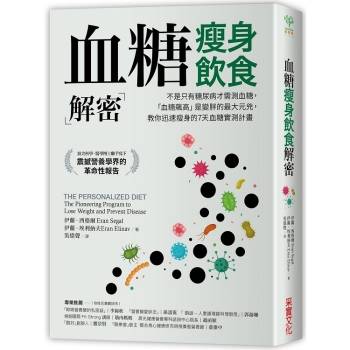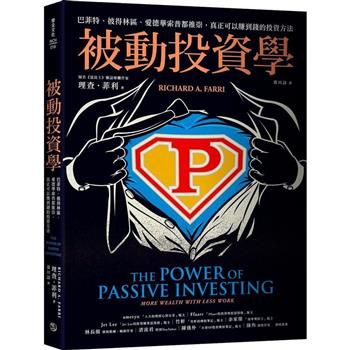Since 1897 instruction has been given at the University of Minnesota, College of Agriculture, on human foods and their nutritive value. With the development of the work, need has been felt for a text-book presenting in concise form the composition and physical properties of foods, and discussing some of the main factors which affect their nutritive value.
To meet the need, this book has been prepared, primarily for the author’s classroom. It aims to present some of the principles of human nutrition along with a study of the more common articles of food. It is believed that a better understanding of the subject of nutrition will suggest ways in which foods may be selected and utilized more intelligently, resulting not only in pecuniary saving, but also in greater efficiency of physical and mental effort.
Prominence is given in this work to those foods, as flour, bread, cereals, vegetables, meats, milk, dairy products, and fruits, that are most extensively used in the dietary, and to some of the physical, chemical, and bacteriological changes affecting digestibility and nutritive value which take place during their preparation for the table. Dietary studies, comparative cost and value of foods, rational feeding of men, and experiments and laboratory practice form features of the work.
Some closely related topics, largely of a sanitary nature, as the effect upon food of household sanitation and storage, are also briefly discussed. References are given in case more extended information is desired on some of the subjects treated.
While this book was prepared mainly for students who have taken a course in general chemistry, it has been the intention to present the topics in such a way as to be understood by the layman also. This work completes a series of text-books undertaken by the author over ten years ago, dealing with agricultural and industrial subjects: "Chemistry of Plant and Animal Life," "Dairy Chemistry," "Soils and Fertilizers," and "Human Foods and their Nutritive Value." It has been the aim in preparing these books to avoid as far as possible repetition, but at the same time to make each work sufficiently complete to permit its use as a text independent of the series.
One of the greatest uses that science can serve is in its application to the household and the everyday affairs of life. Too little attention is generally bestowed upon the study of foods in schools and colleges, and the author sincerely hopes the time will soon come when more prominence will be given to this subject, which is the oldest, most important, most neglected, and least understood of any that have a direct bearing upon the welfare of man.











